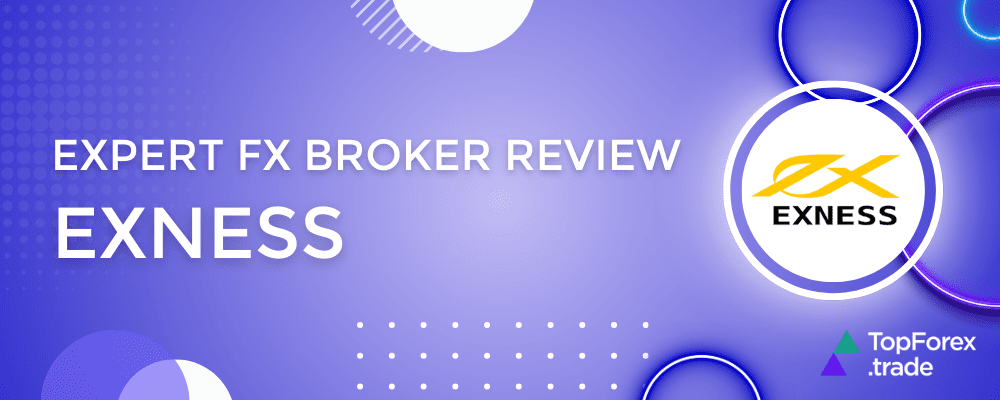
Understanding Margin Requirements Exness
Margin requirements are a critical concept in trading, especially when using leveraged instruments like Forex. For traders on platforms like Exness, understanding what margin is and how it works can significantly impact their trading strategies and risk management. This article delves into the specifics of margin requirements at Exness, helping traders navigate this essential aspect of their trading experience. For a detailed analysis and real-time updates, visit margin requirements exness exbroker-argentina.com.
What is Margin?
Margin refers to the amount of money that a trader must deposit to open and maintain a leveraged position in the financial markets. It is not a fee or cost, but rather a portion of the trader’s funds set aside to ensure they can cover any potential losses. In Forex trading, margin allows traders to control larger positions with a smaller amount of capital, thereby increasing both their potential profits and risks.
How Margin Works at Exness
Exness offers competitive margin requirements, allowing traders to benefit from high leverage. The margin requirement is expressed as a percentage and varies depending on several factors, including the type of account, the financial instrument being traded, and the level of leverage applied.
For example, if the margin requirement for a particular Forex pair is 1%, this means that for every $1,000 worth of currency controlled, a trader must deposit $10 as margin. It’s essential to understand how margin works, as it directly impacts the amount of leverage a trader can utilize.
Types of Margins in Trading
There are several types of margin that traders should be aware of when using Exness:
- Initial Margin: This is the margin required to open a new position. It provides a cushion against potential losses.
- Maintenance Margin: This refers to the minimum margin required to keep a position open. If the equity falls below this level, a margin call may occur.
- Free Margin: This is the amount of equity available to open new positions. It’s calculated as the difference between account equity and used margin.
Calculating Margin Requirements
To effectively manage trading positions, understanding how to calculate margin requirements is crucial. The formula for calculating the margin required to open a position is:
Margin Required = (Trade Size x Price) / Leverage

For example, if a trader wants to open a position of 1 lot (100,000 units) of EUR/USD at a price of 1.2000 with a leverage of 1:100, the margin required would be:
Margin Required = (100,000 x 1.2000) / 100 = $1,200
Understanding Leverage and Margin
Leverage amplifies both potential gains and losses. While high leverage offered by Exness can enhance trading opportunities, it is essential for traders to use it judiciously. A higher leverage ratio means a lower margin requirement, allowing traders to open larger positions relative to their account size. However, it also increases the risk of margin calls if the market moves against them.
Margin Calls and Stop-Out Levels
A margin call occurs when a trader’s equity falls below the required maintenance margin. At Exness, when traders receive a margin call, they might need to add funds to their account or close some positions to avoid losing their ability to trade. The stop-out level is a critical threshold indicating when positions will be automatically closed to prevent further losses. Understanding this threshold is vital for maintaining an effective risk management strategy.
Risk Management Strategies
Implementing effective risk management strategies can help traders minimize the risks associated with margin trading. Below are some practices that can help:
- Set Stop-Loss Orders: This helps limit potential losses by automatically closing a position at a certain price.
- Use Proper Position Sizing: Determine the appropriate trade size based on account balance and risk tolerance.
- Avoid Over-Leveraging: While high leverage can boost profits, it can also lead to significant losses. It’s crucial to find a balance.
- Regularly Monitor Account Equity: Keeping an eye on account equity can help anticipate margin calls and manage risk effectively.
Benefits of Understanding Margin Requirements at Exness
Fully understanding margin requirements not only enables traders to utilize leverage effectively but also empowers them to structure their trading strategies with confidence. Here are the key benefits:
- Enhanced Trading Opportunities: Knowledge of margin allows traders to maximize their positions and potentially increase returns.
- Effective Risk Management: By understanding how to use margin, traders can deploy risk management techniques more effectively.
- Improved Decision Making: A deep understanding of margin helps in making informed trading decisions, minimizing emotional trading behavior.
Conclusion
In conclusion, margin requirements are a fundamental aspect of trading at Exness, impacting how traders manage their positions and risks. By understanding the intricacies of margin, including types, calculations, and related strategies, traders can enhance their trading performance and protect their capital. As the financial markets continue to evolve, it remains essential for traders to stay informed and understand the tools at their disposal, making margin requirements a key element of successful trading on the Exness platform.
